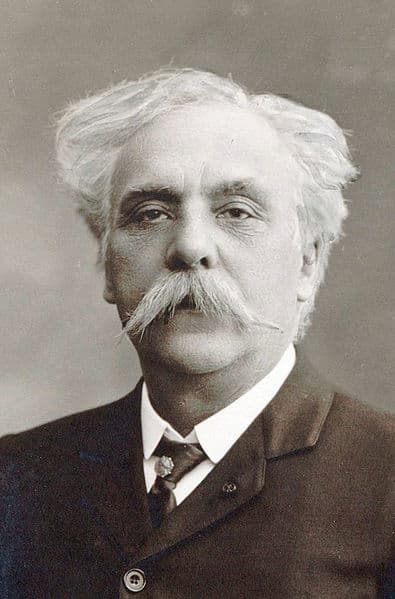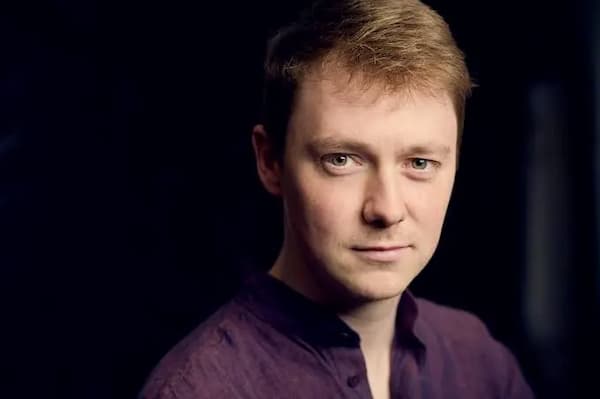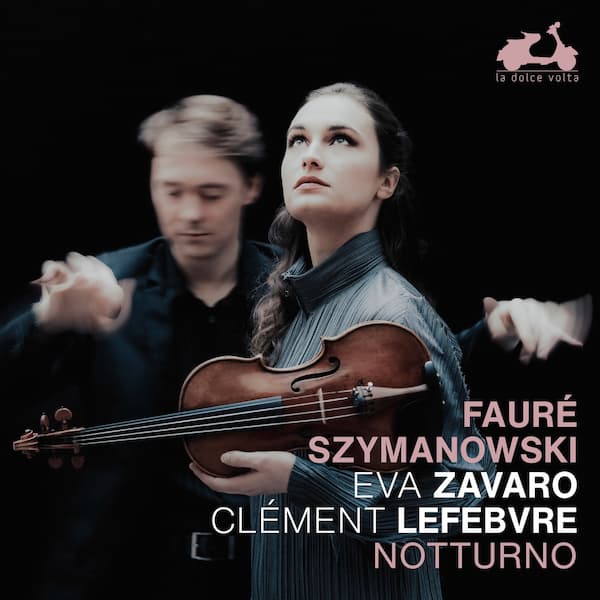by Maureen Buja
The choice of the two composers is interesting, mainly because of their separation in time, and the addition of the little works rounds out the composers’ repertoire.

Karol Szymanowski

Gabriel Fauré
The Polish composer Karol Szymanowski changed his style from the early one that followed the German Romantic school to later Impressionistic and then atonal styles. Folk music was another influence. He attended the State Conservatory in Warsaw from 1901 to 1905 and was its director from 1926 to his retirement in 1930. He didn’t serve in WWI due to his lameness and devoted his time to composition and study, working on Islamic culture, ancient Greek drama, and philosophy. He travelled extensively in Europe and North Africa and much of this came out in his opera Król Roger (King Roger); one critic raved about it: ‘we have a body of work representing a dazzling personal synthesis of cultural references, crossing the boundaries of nation, race and gender to form an affirmative belief in an international society of the future based on the artistic freedom granted by Eros’.
He died in 1937 of tuberculosis while under treatment in Switzerland. He’s buried at Skalka in Kraków, where the most distinguished Poles are interred.
It is not known if Szymanowski ever met Fauré, although we do know that Szymanowski met with Ravel. There is much to connect Fauré and Szymanowski, such as Szymanowski’s activities in the Société Musicale Indépendente, which promoted French music and was under the directorship of Fauré. They both studied early musical styles and counterpoint and, later, both forged individual styles that were linked to classical form and tonality, but which were unique to each composer. Both wrote songs early in their career, and this lyrical link carries through each composer’s music.
Szymanowski’s violin sonata was written when he was 22, and it is quite Romantic in style. Zavaro sees a link to the night theme of the recording through its second movement, which begins ‘with the calm of a starry sky’. Fauré’s more rarely played Second Sonata was written after he’d started to become deaf. It’s inward-looking and has a kind of ‘sonic opacity’, which she calls an ‘acoustic night’. Repeated hearings help you see through the darkness and end in a night-seeing clarity. Composer Charles Koechlin called Fauré’s sonata ‘a magnificent ascent to the summits of joy’ and Zavaro imagines the top of the mountain as a first step to flight.

Eva Zavaro (photo by Olivier Lalane)

Clément Lefebvre (photo by Jean-Baptiste Millot)
Other works on the album include Szymanowski’s La Berceuse d’Aïtacho Enia, Op.52 and Notturno e Tarantella, Op.28; Fauré’s other works include his Berceuse, Op.16 and Après un rêve, Op.7 n°1. By closing with Après un rêve, Zavaro chooses to close with an example of Fauré’s melodic genius. The work is one of his most popular, and she says, ‘ It possesses an expressive intensity unique to its composer, present from his earliest works, whose apparent lightness and deceptive simplicity conceal great depth’.

Fauré, Szymanovski: Notturno
Eva Zavaro violin, Clément Lefebvre, piano
La Dolce Volta LDV 127
Official Website
For more of the best in classical music, sign up for our E-Newsletter